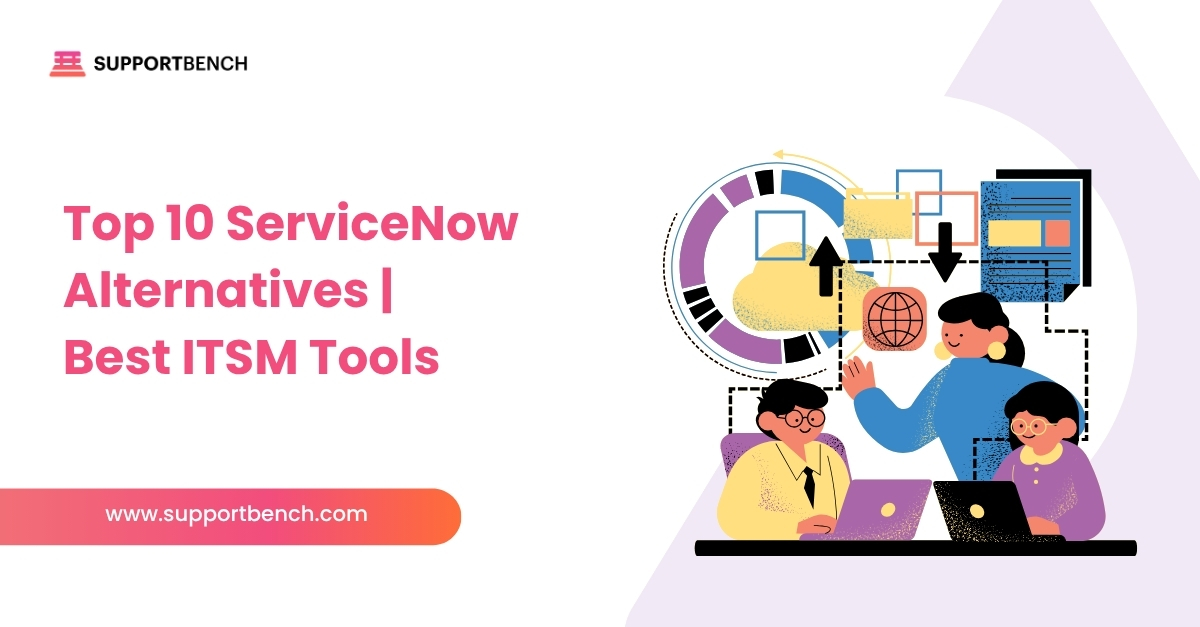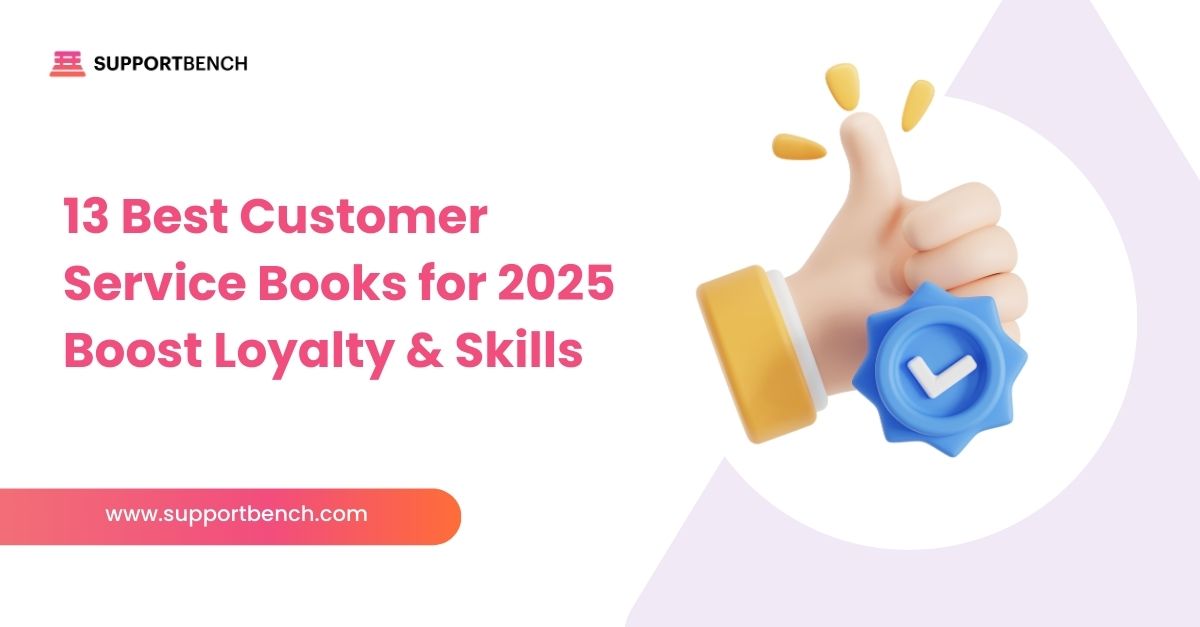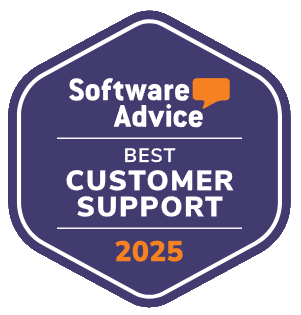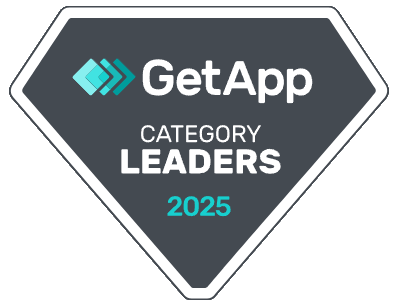In the complex world of enterprise customer support, context is everything. Your agents need more than just the immediate question being asked; they need a holistic understanding of the customer relationship, their history, their entitlements, and their specific product landscape. Simultaneously, your AI tools – the Copilots, predictive engines, and automation flows you rely on – operate at peak effectiveness only when fueled by comprehensive data. Where does much of this critical context reside? For a vast number of organizations, the answer is Salesforce.
Salesforce often serves as the central nervous system for customer information, housing vital data managed by sales, marketing, and customer success teams. Yet, too often, the support helpdesk operates in a separate silo. This disconnect forces agents into the time-wasting “swivel chair” routine, constantly switching between systems, copying and pasting information, and asking customers questions the company already knows the answers to. It hinders efficiency, frustrates agents, and creates disjointed customer experiences. More critically in the age of AI, this data isolation starves your intelligent tools of the context they need to function optimally.
Integrating your AI-powered helpdesk deeply with Salesforce isn’t just a technical task; it’s a strategic necessity. It’s about breaking down silos, empowering agents, supercharging your AI capabilities, and ultimately delivering the seamless, informed support experiences your customers expect.

Why Integrate? The Strategic Imperative for AI-Powered Support
A robust integration between your AI helpdesk and Salesforce delivers tangible benefits across your entire support operation:
1. Empowering Agents with Instant Context (Eliminating the Swivel Chair):
Imagine an agent receiving a support request. Instead of needing to jump over to Salesforce to look up the customer’s account tier, contract details, recent purchase history, or open sales opportunities, all that relevant information is displayed directly within their helpdesk interface alongside the support ticket. This immediate context allows agents to:
- Personalize Interactions: Address customers appropriately based on their relationship level.
- Understand Entitlements: Instantly know the customer’s support plan and applicable Service Level Agreements (SLAs).
- Avoid Redundant Questions: Prevent asking customers for information already logged in Salesforce.
- Make Informed Decisions: Troubleshoot more effectively knowing the specific products or configurations the customer uses.
The productivity gains are significant. Studies on context switching show that even brief interruptions to find information elsewhere can drastically reduce overall productivity. While exact figures vary, research often points towards significant time lost daily when workers frequently shift between applications. Seamless integration minimizes this drain.
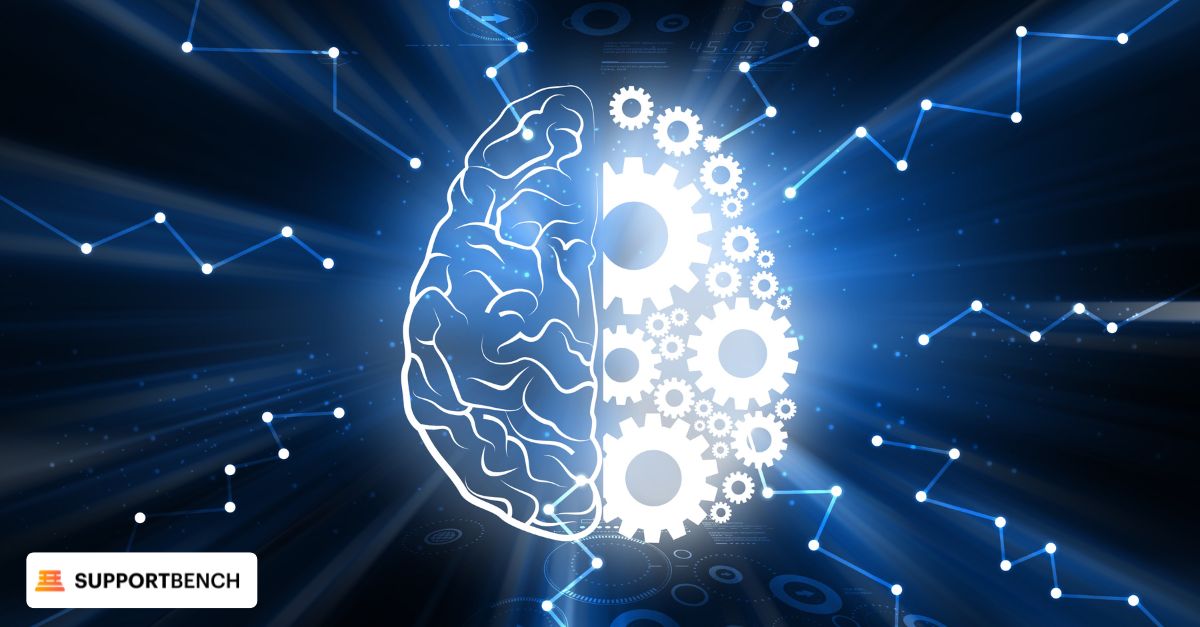
2. Fueling Smarter AI (Context is King):
AI tools thrive on data. Integrating Salesforce provides the rich contextual fuel needed for your helpdesk’s AI features to operate intelligently:
- AI Agent Copilots: A Copilot becomes vastly more helpful when it knows the customer’s specific environment (from Salesforce custom fields detailing infrastructure), their support level, or recent issues logged by their Customer Success Manager (CSM). It can tailor suggestions based on this deeper understanding.
- Predictive Analytics (CSAT/CES/Churn): Salesforce data adds crucial dimensions to predictive models. Knowing a customer’s lifetime value, recent negative sales interactions, or declining product usage patterns (if tracked in Salesforce) can significantly improve the accuracy of predicting churn risk or likely satisfaction scores based on support interactions.
- Intelligent Automation: Routing and prioritization rules become far more sophisticated. AI can automatically escalate priority not just based on keywords, but because Salesforce data shows the customer is a high-value account nearing renewal or has an open critical opportunity flagged by sales. Workflows can trigger actions in either system based on synchronized data.
3. Creating a True 360-Degree Customer View (Breaking Down Silos):
Integration fosters a shared understanding of the customer across departments. When support ticket statuses, summaries, and satisfaction scores flow back into Salesforce, Sales and Customer Success teams gain visibility into the service experience.
- Informed Sales Conversations: Sales reps can see recent support issues before reaching out, avoiding awkward timing or demonstrating awareness.
- Proactive Customer Success: CSMs gain insight into support challenges, allowing them to address issues proactively during check-ins and gain a fuller picture of customer health. This unified data makes it easier to create data-driven Customer Success playbooks for identifying and engaging potentially troubled customers.
- Unified Reporting: Leaders can generate reports that combine sales, support, and success data for a truly holistic view of the customer journey and departmental performance.
4. Streamlining Cross-Functional Workflows:
Bi-directional integration enables powerful automated workflows spanning both systems.
- Example: A critical support ticket tagged as a potential product bug in the helpdesk could automatically create a related Case or custom object record in Salesforce for the product management or engineering teams (if they operate within Salesforce). Updates in one system can trigger notifications or status changes in the other.
- Example: A support interaction identifying a clear upsell opportunity could trigger a task for the relevant sales representative in Salesforce, complete with context from the support conversation.
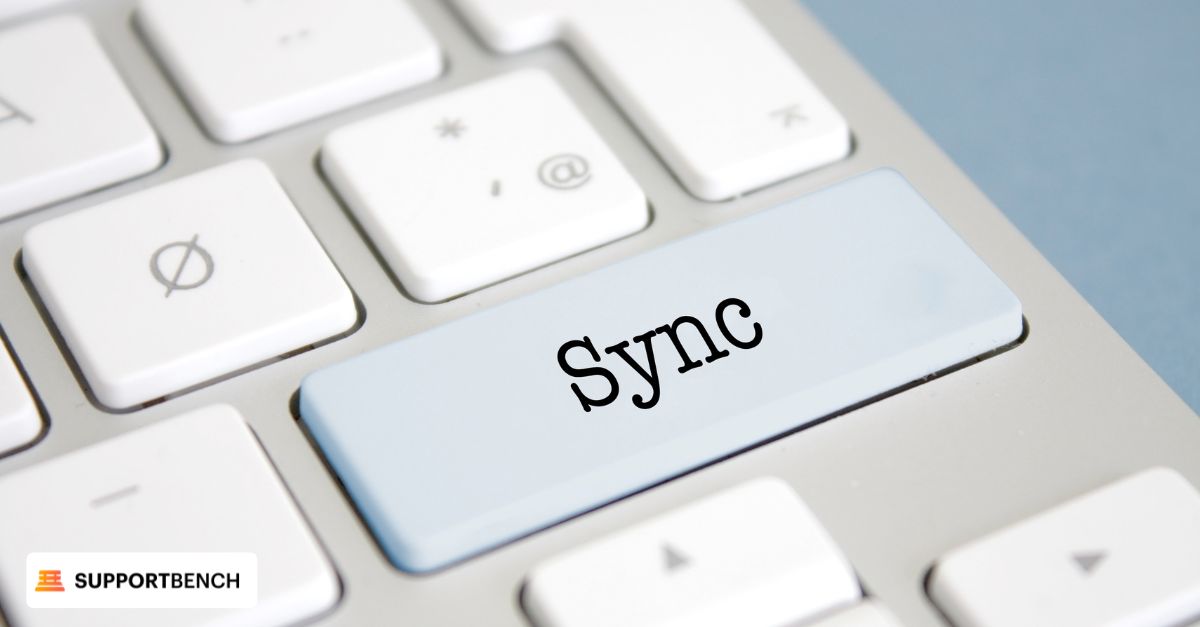
What to Sync? Mapping the Critical Data Flow
A successful integration requires thoughtful consideration of which data points provide the most value when shared between systems. The flow should be bi-directional:
Data Flowing FROM Salesforce TO the AI Helpdesk (Agent & AI Context):
- Account Information: Account Name, Tier/Segment, Industry, Key Contacts, Parent Account relationships.
- Contact Information: Contact Roles (e.g., Decision Maker, Technical Contact), Email, Phone.
- Entitlements & SLAs: Support Plan details, specific SLA response/resolution times.
- Product & License Information: Specific products/modules purchased, license keys, subscription end dates, version numbers.
- Recent Sales/Success Activity: Open Opportunities, recent significant activities logged by Sales/CSMs (e.g., QBR scheduled, renewal upcoming).
- Custom Fields/Objects: Crucially, the integration should support syncing relevant custom data points unique to your business that are stored in Salesforce (e.g., specific infrastructure details, project names, results of recent health checks stored in custom objects). Robust platforms allow mapping these critical custom data elements.
Data Flowing FROM the AI Helpdesk TO Salesforce (Cross-Departmental Visibility):
- Case/Ticket Details: Case Number (for linking), Status (Open, Closed, Pending), Priority, Type/Category, Subject/Description.
- Key Support Metrics: First Contact Resolution (FCR) status (potentially AI-detected), Resolution Time.
- Satisfaction Data: CSAT scores received, CES scores received, AI Predictive CSAT/CES scores (providing broader sentiment visibility).
- Interaction Summaries: AI-generated summaries of key support interactions can provide valuable context for Sales/CSMs without requiring them to read lengthy transcripts.
- (Optional) Specific Interaction Details: Links back to the full ticket in the helpdesk for deep dives when needed.

Beyond Simple Sync: Hallmarks of a Powerful Integration
Not all integrations are created equal. Look for these characteristics when evaluating how well an AI helpdesk connects with Salesforce:
- Deep & Bi-Directional Flow: Data needs to flow smoothly in both directions, updating relevant records on each side. It shouldn’t be a one-way push or only sync a few basic fields.
- Real-Time or Near Real-Time Updates: Information needs to be current. Agents acting on outdated account information or CSMs unaware of a just-resolved critical issue creates problems. Look for sync frequencies measured in minutes, not hours or days.
- Flexibility & Customization: The integration must be able to handle your specific Salesforce configuration, including custom objects, custom fields, and potentially complex relationships. A rigid integration that only handles standard fields is often insufficient for enterprise needs. Verify the ability to map your critical custom data.
- Reliability & Error Handling: The sync process should be robust, with clear mechanisms for handling errors or API limits gracefully without data loss.
- Ease of Setup & Maintenance: Ideally, the initial connection and field mapping should be achievable by a Salesforce administrator or support operations leader with minimal custom coding or constant IT intervention. Native connectors built by the helpdesk vendor are often easier to manage than custom-built solutions.
Tools and Approaches for Integration
How do you actually connect the two systems? There are generally three approaches:
1. Native Connectors
Many leading AI helpdesk platforms (like Supportbench) offer pre-built, native integrations specifically for Salesforce. These are often the easiest to set up, maintain, and are specifically optimized for the helpdesk’s features. They typically handle core object syncing and often offer significant flexibility for custom fields. Always evaluate the native connector first.
2. Integration Platform as a Service (iPaaS)
Tools like MuleSoft, Workato, Zapier, or Celigo act as intermediaries, allowing you to build custom integration flows between Salesforce, your helpdesk, and potentially many other applications.
- Pros: Highly flexible, can handle very complex logic and multi-step workflows involving more than two systems.
- Cons: Can be complex and expensive to set up and maintain, often requiring specialized skills. May introduce latency compared to a direct native connection. Best suited when native connectors are insufficient or you have broader, complex integration needs across many platforms.
3. Custom API Development
Building a bespoke integration using the APIs of both Salesforce and the helpdesk.
- Pros: Completely tailored to your exact needs.
- Cons: Most expensive, time-consuming, requires significant development resources, and ongoing maintenance burden falls entirely on you. Generally overkill unless requirements are extremely unique and cannot be met by other methods.
For most organizations, starting with a robust native connector provided by the helpdesk vendor is the most efficient and effective path, resorting to iPaaS or custom development only if specific, complex needs cannot be met otherwise.

The Result: A Unified, Intelligent Support Ecosystem
When your AI helpdesk and Salesforce work in harmony, the transformation is profound. Agents are equipped with complete context, enabling faster, more personalized, and more accurate support. AI tools operate with enhanced intelligence, fueled by rich customer data. Sales and Customer Success gain crucial visibility into the service experience, fostering proactive engagement and a unified front to the customer. Workflows become seamless, manual effort decreases, and data flows freely, providing the foundation for truly intelligent, data-driven customer management. Integrating these core systems is no longer just an IT project; it’s a fundamental enabler of modern, AI-powered customer support excellence.




